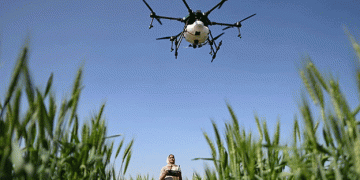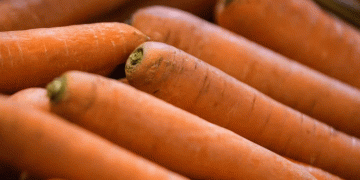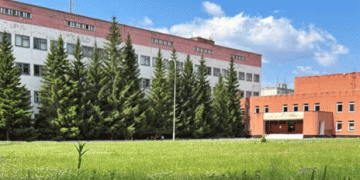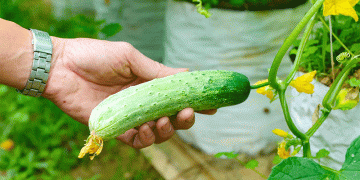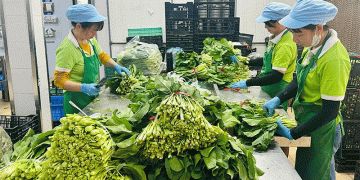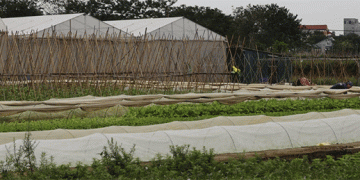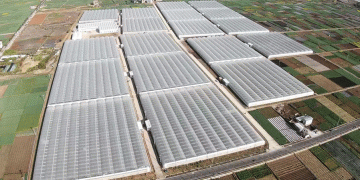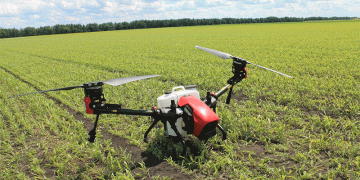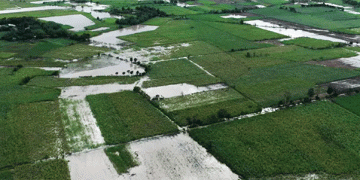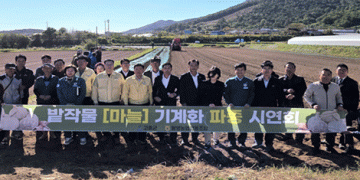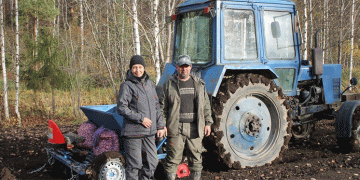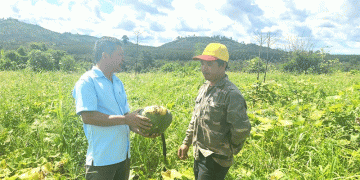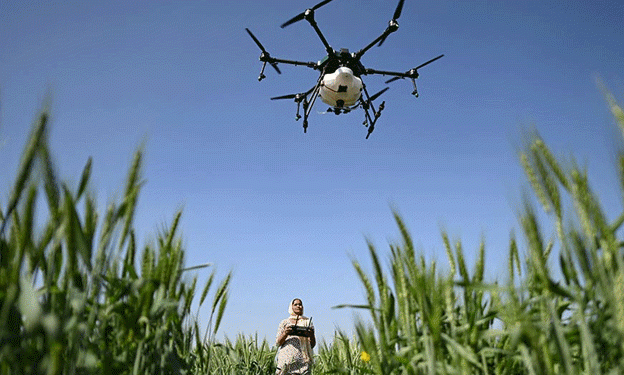Drones are soaring high in India, playing an increasingly vital role in diverse sectors, with agriculture being one of the major beneficiaries. From monitoring crops to optimizing the use of fertilizers and pesticides, drones are revolutionizing farming practices across the country. As India strives to lead the fourth industrial revolution, it is investing heavily in the drone industry, targeting an ambitious goal to become a global hub for drone technology by 2030.
The Drone Revolution in Agriculture
The impact of drones on agriculture in India cannot be overstated. Drones are not only used for aerial surveillance but also for precision farming, offering significant improvements in crop health monitoring, pest management, and resource optimization. Their ability to cover large areas quickly and accurately makes them a game-changer for farmers, especially in remote and hard-to-reach areas.
India’s government has introduced various initiatives to support drone adoption in agriculture. Programs like “Kisan Drones” integrate satellite technologies with indigenous drone systems for real-time monitoring of soil and crop health, facilitating efficient land assessments and better management of agricultural resources. Furthermore, schemes like “Namo Drone Didi” are empowering women-led Self-Help Groups (SHGs) by training them to use drones for agricultural services, which can potentially increase their income by INR 100,000 annually.
The use of drones in agriculture can directly contribute to improving yield, minimizing environmental impact, and reducing operational costs. Precision applications of fertilizers and pesticides, enabled by drones, reduce the wastage of chemicals, ensuring more efficient use of resources and promoting sustainable farming practices.
The Role of Policy and Manufacturing
India is also positioning itself as a major player in the global drone manufacturing market. The Indian drone manufacturing sector is projected to grow significantly, with annual sales expected to rise from INR 600 million in 2020-21 to INR 9 billion by 2024-25. The government’s efforts, such as the introduction of Drone Rules 2021 and Production-Linked Incentive (PLI) schemes, aim to streamline operations, boost domestic manufacturing, and foster a thriving ecosystem for drone technology. The policy changes, including the simplification of compliance processes and the establishment of drone schools, are designed to promote self-reliance and ensure that India leads the way in drone innovations.
Addressing the Challenges
Despite the tremendous potential of drones, several challenges remain. Regulatory hurdles, such as the slow adoption of Beyond Visual Line of Sight (BVLOS) drone operations and the need for harmonized policies across states, can slow the growth of the drone industry. Furthermore, developing a skilled workforce for drone operation and scaling up testing and incubation facilities are critical areas that require attention.
The government can play a crucial role in overcoming these challenges by creating a viable market for drones in government-dominated sectors, providing subsidies, and ensuring that drone startups receive the support they need to scale.
India’s drone industry is on the cusp of a significant transformation, particularly in agriculture. With continued investments in technology, policy support, and skill development, drones are poised to revolutionize farming practices across the country. By embracing these innovations, India is not only advancing its agricultural sector but also laying the foundation to become a global leader in drone technology by 2030.
